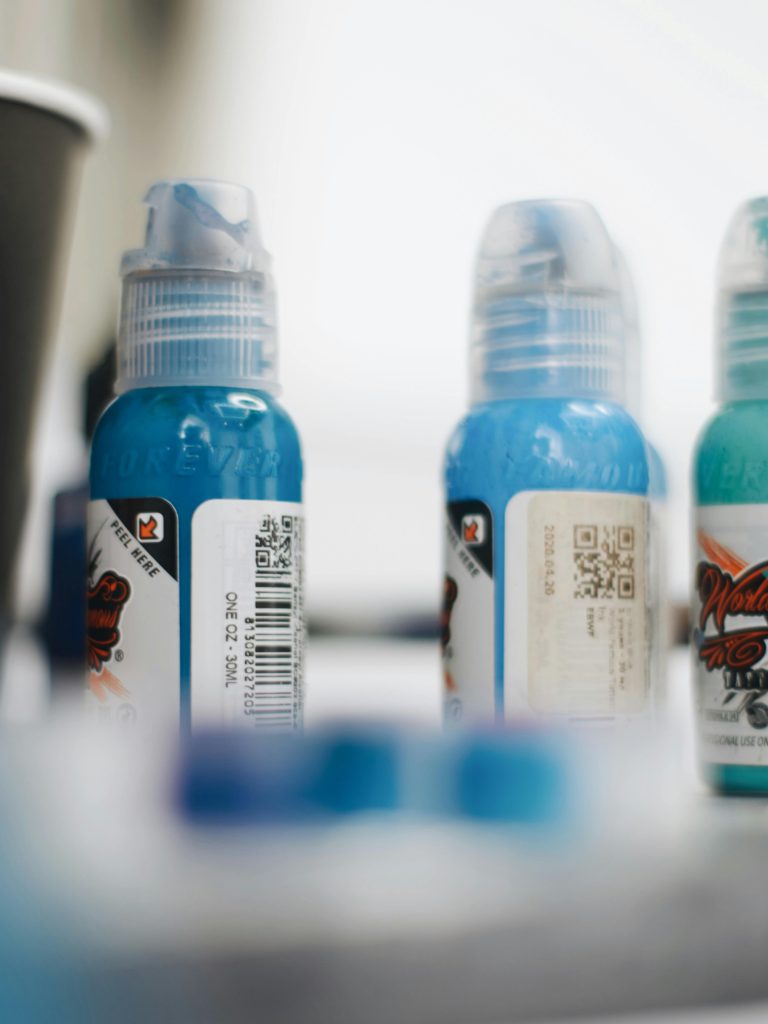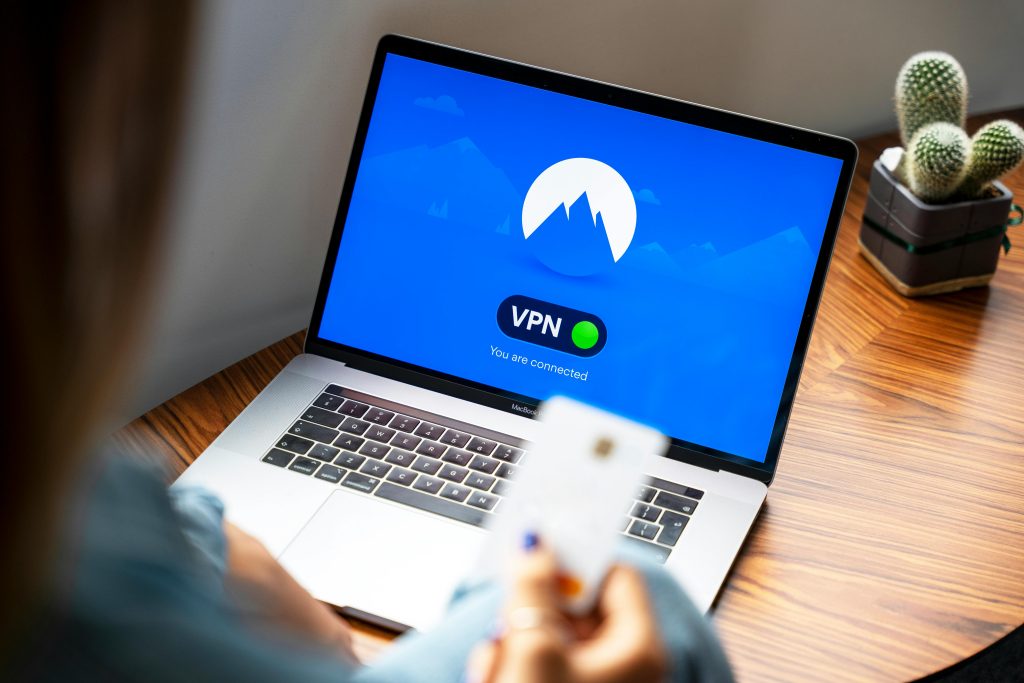Troubleshooting Missing Applications After a Fresh Windows 11 Installation on a New Build
Upgrading hardware components like the CPU, motherboard, and RAM can significantly boost your system’s performance, but performing a clean installation of Windows 11 often introduces new configuration considerations. One common issue is the recognition of previously installed applications on secondary drives after a fresh install. Many users report that while they can access files from their old drives, the applications installed on those drives are not appearing in Windows or accessible via search.
In this article, we will explore the reasons behind this issue and offer practical solutions to ensure your old applications are correctly recognized by your refreshed Windows 11 setup.
Scenario Overview
A typical scenario involves:
- Upgrading motherboard, CPU, and RAM.
- Installing Windows 11 on a new M.2 boot drive.
- Connecting previous storage drives (HDDs or SSDs) after initial Windows setup.
- Discovering that installed applications on these drives aren’t listed in the Start menu or Windows search.
- Applications are accessible directly from their folders but are not integrated into Windows.
Why Is This Happening?
This behavior generally occurs because Windows identifies installed applications based on system registry entries, shortcuts, and app registration performed during their original installation. When you perform a clean OS install, these registry entries and shortcuts are usually not migrated, especially if the apps were installed on different drives or if the registry entries were stored on the previous boot drive.
Additionally, if the applications were installed on the old drives with relative paths, or using user-specific directories, they may not automatically register as “installed” in the new Windows environment.
How to Resolve the Issue
Below are steps you can take to help Windows recognize and access your old applications:
1. Verify Drive Letter Assignments
Ensure that all your drives are assigned consistent drive letters.
- Open Disk Management (
Win + X> Disk Management). - Confirm that old drives have the same drive letters they used previously.
- If necessary, right-click on each drive and select Change Drive Letter and Paths to assign or change drive letters.
2. Manually Reinstall or Repair Applications
Most applications require their installer to register themselves with Windows.
- Locate the original installation files or setup executables if available.
- Run the installers to repair or reinstall the applications.
- Reinstalling ensures registry entries, shortcuts, and app registrations are properly created.
3. **Create Shortcuts
Share this content:



